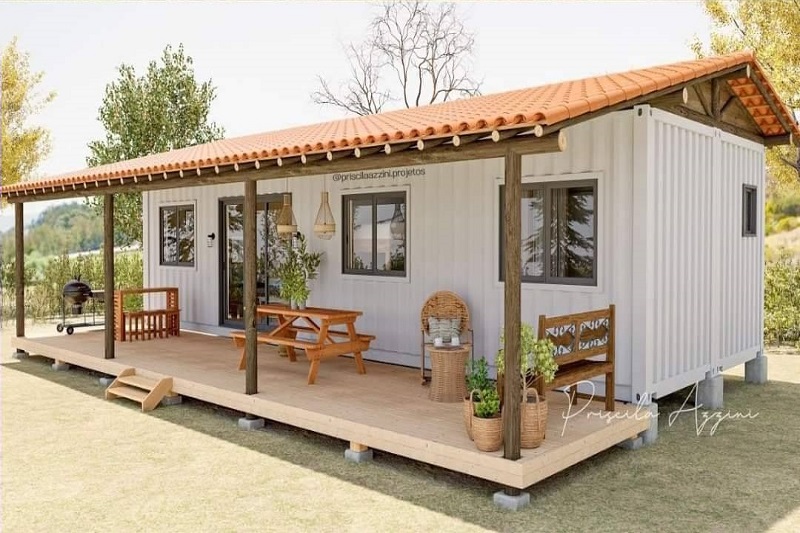We often find ourselves facing the question, is more always better? Does size truly define comfort or luxury? Is it time to reconsider the paradigms through which we see a 'home'? Welcome, dear readers, to another intriguing instalment in our home and lifestyle series, discussing the wave of prefab container homes. Today's post is dedicated to evaluating the sustainability factor of this ground-breaking and innovative housing solution.
Deconstructed, redeployed, and refashioned, these homes have more to offer than what meets the eye. Are they just a trendy showpiece for the environmentally conscious urbane populace? Or, are they much more and hold the potential to revolutionize the way we perceive sustainable housing? Let's dive into the world of prefab container homes and explore!

What are Prefabricated Container Homes?
A breakthrough in home construction and design, prefabricated container homes are built from transformed shipping containers. This form of housing is cost-efficient, quicker to build, and most importantly, environmentally friendly.
Repurposing discarded containers into living spaces reduces waste and deforestation. These container homes come in different shapes and sizes brimming with modern aesthetics and design innovations to provide comfort and style on a budget.
Sustainability Factor: Why should we promote them?
The environmental benefit of prefab container houses is inarguably notable. Besides reducing materials waste, the minimized construction time and on-site building reduces carbon emissions. Furthermore, many such homes are designed with energy efficiency in mind – from solar panels to high-performance insulation and eco-friendly heating systems.
Exploring the Pros of Prefab Container Homes
The inherent flexibility and customizable nature make prefab container homes incredibly appealing. Additionally, their strong, durable construction can withstand extreme weather, providing safety and peace of mind to homeowners. With the right insulation, these container homes can be comfortable and energy-efficient living spaces.
Exploring the Cons of Prefab Container Homes
Despite these benefits, there are certain limitations to prefabricated container homes. Potential concerns include insulation challenges, difficulty in obtaining loans, and the limited living space may not suit everyone's lifestyle. It's also crucial to ensure the container wasn't used to carry harmful substances in its previous life.

Popular Trends and Styles
From single-unit, minimalist cabins to multi-container family homes – the possibilities are endless. Many of these homes combine the industrial aesthetic of the container with contemporary interior design, resulting in a unique blend of style and functionality.
Regulations and Permits
Like any home, creating a container house will need adherence to local zoning rules and building regulations. While some regions may welcome such sustainable housing alternatives, others may have restrictions.
Conclusion
Bringing us to the end of our post today, it is quite inspiring to see how we are evolving our idea of housing. Prefabricated container homes stand as a testament to our inventive capabilities, our ability to adapt, and most importantly, our commitment to sustainability.
While their introduction and acceptance may face obstacles, their importance and potential cannot be undermined. Their cost-effectiveness, versatility, and sustainability factor render them an important housing solution pertinent to our times. Let's welcome this breakthrough and embrace a more sustainable future. Remember, home is where the heart is, and now, where sustainability lives too.

0 comments :
Post a Comment